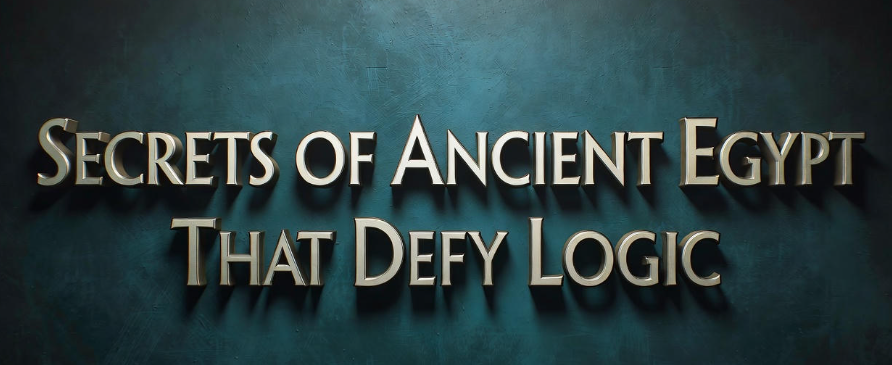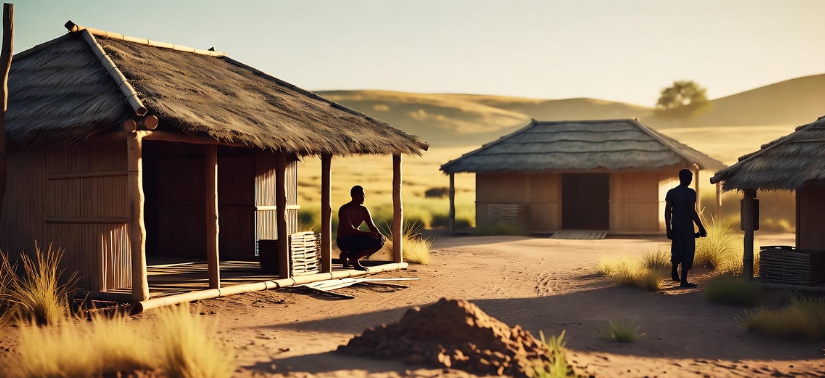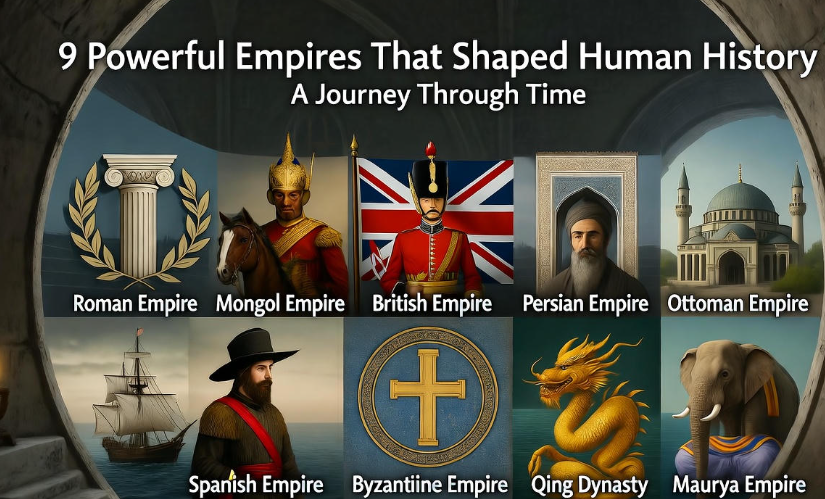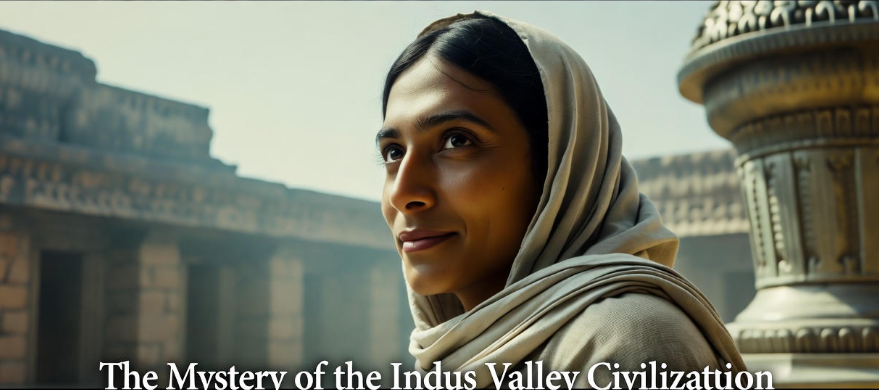Ancient Egypt has always felt like a mystery that time refuses to explain. Even after centuries of digging, scanning, and decoding, many secrets of this old civilization still confuse scientists and historians alike. You can look at the pyramids, the mummies, or even the hieroglyphs and still feel there’s something missing — something we just don’t fully understand.
Let’s uncover some of these strange, fascinating secrets that continue to defy logic. 🏺✨
The mystery of pyramid construction
The Great Pyramid of Giza is one of those creations that make people scratch their heads. It’s made of around 2.3 million limestone and granite blocks, each weighing between 2 to 80 tons. The strange part? These massive stones were placed so precisely that even today, with modern technology, it would be nearly impossible to replicate with such accuracy.
No one knows exactly how the ancient Egyptians managed it. Some theories say ramps were used, others claim pulleys or counterweights. But there’s no evidence of such massive ramp systems.
Even more puzzling — the pyramid aligns almost perfectly with true north, an accuracy within 1/15th of a degree. How could they have achieved that without compasses or satellites?
Many researchers believe the Egyptians had deep knowledge of astronomy and geometry. Some even suggest they might have used the stars to guide their construction. Others… well, they believe something more mysterious helped them. 👁️
The precision of ancient tools
When you look at artifacts and stone carvings from Egypt, it’s hard not to wonder: how did they cut granite, one of the hardest stones, using copper tools? Copper is soft compared to granite — almost like trying to slice steel with butter.
Yet, there are sarcophagi and monuments in Egypt that show machine-like smoothness. Some surfaces are so flat that even lasers today show almost no deviation.
Archaeologists once believed they used sand and water to grind the stones. But when you see circular drill marks and deep cuts, it’s difficult to accept that explanation. Could they have had some lost technology? Some even whisper that ancient Egyptians might have harnessed a type of energy or sound vibration for cutting stone — though there’s no solid proof yet.
Still, something about it doesn’t add up.
| Material | Modern Cutting Tool | Ancient Egyptian Tool (Known) | Result |
|---|---|---|---|
| Granite | Diamond saws | Copper chisel, sand | Almost impossible |
| Diorite | Industrial blades | Stone pounder | Perfect symmetry |
| Basalt | Laser cutter | Unknown | Smooth finish |
The missing capstone and strange energy theories
The Great Pyramid was once topped with a shining capstone, possibly made of gold or electrum. But it’s gone — completely missing. Some say it was stolen; others think it was intentionally removed to hide something.
What’s even stranger is that many visitors and researchers have reported feeling “energy” or a type of vibration inside the pyramid’s chambers. The structure’s geometry — the way air, sound, and light move through it — seems to amplify certain frequencies.
Could the pyramid have been more than a tomb? Some scientists argue it may have been a type of ancient power generator, using the Earth’s magnetic field and water channels underneath it to produce energy. It sounds wild — yet when you realize how mathematically perfect it is, you start to wonder if the Egyptians really knew something we don’t. ⚡
The hidden chambers and tunnels beneath the sands
In recent years, advanced scanning technologies like ground-penetrating radar have revealed something astonishing: there are still hidden chambers and tunnels under the Great Pyramids and the Sphinx.
Some of these spaces are so deep and complex that no one can explain how they were built — or even why. The Egyptians left no record of them.
One secret chamber found inside the Great Pyramid was completely sealed off for thousands of years. No one knows what’s inside because it hasn’t been opened yet. Could it be treasure? A secret burial? Or something that could change history? Nobody knows.
It’s as if the Egyptians built their monuments to protect secrets that humanity isn’t ready for — yet. 🗝️
The lost city under the sand
There’s talk among archaeologists about an entire “lost city” buried near the pyramids. Some evidence suggests that thousands of workers lived in a well-organized town, complete with bakeries, clinics, and workshops.
But what’s strange is — this city vanished almost overnight. No signs of destruction, no natural disaster evidence. Just… gone.
How could a city so big disappear without a trace? Was it deliberately buried to hide something? Or were the people taken away — by something beyond our understanding?
It’s one of those mysteries that give Egypt an eerie yet magical feel.
The Sphinx and its hidden message
The Great Sphinx of Giza, half-human and half-lion, stares endlessly across the desert. But here’s the strange part: erosion patterns on its body suggest it might be much older than the pyramids themselves — possibly dating back to 10,000 BC or earlier.
That means it could have been built by a civilization that came before the known Egyptians. Some researchers believe the head of the Sphinx was reshaped later, which explains why it looks small compared to the body.
Legends even say that beneath the Sphinx lies a “Hall of Records,” a chamber containing ancient knowledge about humanity’s origins. Whether it’s myth or truth, the idea keeps fascinating people — and despite multiple scans, nobody has ever opened such a chamber.
The strange absence of mummies in pyramids
Despite the popular belief, most of the great pyramids — including the one built for Pharaoh Khufu — were found empty. No mummies. No burial treasures. Just empty stone rooms.
If the pyramids were truly tombs, where did the bodies go?
Some experts believe tomb robbers took everything, but others think the pyramids were never meant for burial at all. Perhaps they served another purpose — maybe spiritual, maybe scientific.
In fact, smaller pyramids nearby contain the mummies, not the giant ones. That itself raises the question: what exactly were the large pyramids for? 🤔
The Egyptian knowledge of the stars
The Egyptians seemed obsessed with the sky. They aligned the pyramids with Orion’s Belt and the Milky Way. Their temples matched solstices and equinoxes with uncanny precision.
How did they know the Earth was round or that stars followed predictable patterns — thousands of years before telescopes existed?
Even more confusing, ancient hieroglyphs describe “ships of the sun” and “star travelers.” Was it mythology, or something else?
Some modern thinkers connect it to the idea of “ancient astronauts.” While that might sound far-fetched, there’s no denying that their astronomical knowledge was centuries ahead of its time. 🌌
The strange mummy curses
Ah yes, the famous “Curse of the Pharaohs.” Many who opened ancient tombs in the early 1900s died under mysterious circumstances — unexplained fevers, sudden accidents, or illnesses.
Lord Carnarvon, who financed the discovery of Tutankhamun’s tomb, died shortly after it was opened. Coincidence? Maybe. But the pattern was spooky enough to make the public believe that disturbing the dead brought supernatural punishment.
Modern science explains it as exposure to toxic mold or ancient bacteria inside sealed chambers. Still, for many, the timing of those deaths feels too uncanny to be simple science.
The language of the gods — hieroglyphs
Egyptian hieroglyphs aren’t just words — they’re pictures full of meaning, symbolism, and mathematics. When decoded, some texts reveal surprising details about the stars, human anatomy, and even sound frequencies.
One particular symbol resembles an electric bulb — the famous “Dendera Light.” Some claim it represents ancient electrical knowledge. Others insist it’s purely religious art.
But what’s striking is that the Egyptians often described knowledge being “given by gods from the sky.” Was it metaphorical, or could it hint at visitors who taught them advanced sciences? Nobody truly knows, but the symbols themselves seem far deeper than simple stories.
The secret of ancient Egyptian medicine
Believe it or not, Egyptian medicine was incredibly advanced. They performed brain surgeries, used natural antibiotics like honey, and even had detailed knowledge of anatomy.
In fact, the Edwin Smith Papyrus describes surgical procedures so precise they resemble modern medical manuals.
What’s odd is — where did they get this knowledge? There’s no record of them dissecting bodies for study, and yet they understood internal organs better than most civilizations that came after.
They even practiced “energy healing,” using sound, touch, and chanting to align the body. Strange, right? Yet somehow, it worked for them.
| Ancient Egyptian Practice | Modern Equivalent | Remarkable Observation |
|---|---|---|
| Honey for wounds | Natural antibiotic | Still used today |
| Castor oil | Laxative | Scientifically valid |
| Willow bark | Pain relief (like aspirin) | Chemical link confirmed |
| Copper sterilization | Antibacterial treatment | Ahead of its time |
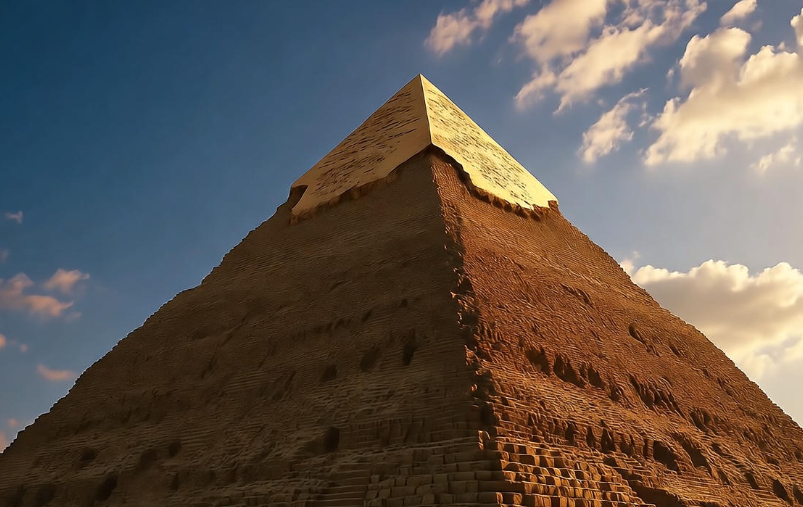
The unexplainable death rituals and afterlife beliefs
The Egyptians believed that life after death was just as real as this one. Their entire burial process — mummification, treasures, tombs, and spells — was designed to prepare the soul for its journey.
What’s curious, though, is how they knew so much about the human body and preservation. The mummification process was so effective that some mummies have survived more than 3,000 years in perfect condition.
How did they learn to do that without modern chemicals or refrigeration? Their secret recipes for resins, oils, and salts still puzzle chemists today.
And the “Book of the Dead,” which guides souls through the afterlife, describes stages that sound surprisingly similar to near-death experiences reported in modern times. Coincidence? Or ancient wisdom rediscovered? 👀
The secret sound of the temples
Certain Egyptian temples — like those at Karnak and Abydos — have acoustic designs that amplify and echo specific chants. When priests spoke inside them, their voices resonated like thunder.
Some researchers think these sound waves created vibrations that affected human consciousness, inducing trance or meditation states.
Others think it was intentional — a way to “connect” with divine frequencies. Imagine a temple built not just for worship, but to tune your soul like a musical instrument.
Why ancient Egypt still defies logic
We can explain some of Egypt’s brilliance through mathematics, hard work, and deep spirituality. But even with modern science, there are still too many unanswered questions.
Who taught them such precise geometry?
How did they align structures with stars so perfectly?
Why did they guard their secrets with such intensity?
Maybe they were simply far more intelligent and advanced than we give them credit for. Or maybe, just maybe, they inherited knowledge from an earlier civilization lost to history.
Whatever the truth is, Ancient Egypt stands as a silent reminder that humanity once knew things we’ve since forgotten.
Frequently Asked Questions (FAQs)
Q1: Were aliens involved in building the pyramids?
There’s no solid evidence for that, though some people believe advanced beings helped. Most historians credit human intelligence and engineering — but it’s fair to say we still don’t fully understand how they did it.
Q2: What’s the oldest mystery of Egypt?
The origin of the Sphinx is one of the oldest and strangest mysteries. Some evidence suggests it predates the pyramids by thousands of years.
Q3: Is there really a curse of the Pharaohs?
Scientifically, it’s likely due to mold and bacteria, but the number of coincidences still makes the story creepy enough to believe.
Q4: Why are pyramids so perfectly aligned with stars?
Egyptians were expert astronomers. They used constellations like Orion and Polaris to guide construction — though how they achieved such accuracy remains unclear.
Q5: What’s hidden beneath the Sphinx?
So far, only small chambers and tunnels have been detected, but nothing has been opened. Some believe it hides the “Hall of Records,” a library of lost ancient wisdom.
Final Thoughts 💭
The secrets of Ancient Egypt remind us that our ancestors weren’t primitive — they were geniuses of their time. Whether it’s the pyramids’ perfect geometry or the hidden chambers yet to be discovered, Egypt keeps its mysteries tightly sealed, whispering through stone and sand.
Maybe one day, science will explain everything. But for now, the land of pharaohs still defies logic — and perhaps that’s what makes it so timelessly magical. 🌅

